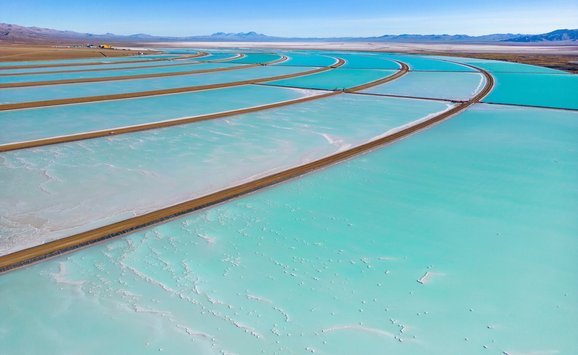North Africa once supplied Rome with agricultural produce far more varied and plentiful than now found there. This is traceable in part to elaborate irrigation systems which had been developed there and which were partly destroyed by war and permitted to decay.
The demise of the great plain of of the Indus River, once the grain basket of the Indian Subcontinent, but now the home of abject and grinding poverty, presents an interesting variation of the water story. The plain of the Indus has gradually become clogged and highly saline, an average of 100,000 acres per year being lost to cultivation in the midst of one of the greatest population explosions in human history.
The Western Hemisphere presents its own examples of economic decline traceable in part to lack the of water. Northeastern Brazil and the high plateaus of Mexico would be examples.

The dependence of economic activity on water tends to decrease with advancing wealth and technology. Advanced irrigation farming in the Southwest can substitute investment in lined irrigation canals for water, but a peasant economy could not consider this possibility. A modern beet sugar plant can be designed to withdraw from its water source only 76 gallons per 100 pounds of sugar, whereas the average for older plants is closer to 1,200 gallons. Washed coal operations are currently designed to use from 1 to 1,000 gallons of water per ton.
Yet, while technological advance and increased wealth make possible a lesser dependence on water, as consumers we choose in many ways to become greater users of water: we move to the suburbs and water our lawns daily, increase our intake of irrigated citrus and vegetables, and put our motor boats on the nation's lakes and streams.

Inadequate urban water distribution systems do not constitute a national problem, but they serve to illustrate an important point: uneconomic pricing of water throws a large and unnecessary burden of capital expansion on the water system. The system must stand ready to satisfy all demands without permitting an excessive pressure drop to occur. Thus systems are designed to handle the peak hourly demand rate—a matter of from 260 to 1,300 gallons per person per day as against 50 to 530 for average annual demand.
Nearly all of the excess use above the average annual is accounted for by lawn sprinkling. The "average system" must thus be designed to distribute six times the amount that is used on average, and most of this additional investment is attributed to lawn sprinkling.
What does this have to do with pricing? Much of the water is in fact wasted and this waste is induced by uneconomic pricing; that is, prices are set below the actual cost that additional demands impose on the system. Metering means that users must pay for each additional unit they use. Where this form of pricing is in operation, peak demands are, on average, reduced by one-half.
It has been more than ten years since an eminent board of consultants recommended universal metering and extensive system repairs for New York City. Yet most residential users are still not metered and the system loses through leakage amounts variously estimated from 200 to 400 million gallons per day.
In Reno, after lowered lake levels had reduced the Truckee River to a trickle, a program of public information was undertaken to advertise the nature of the shortage and the kinds of steps which households and businesses might undertake to conserve water at minimum inconvenience. The result was a 20 percent reduction in overall consumption with a great reduction in peak demands. In spite of reduced application, lawns were not adversely affected.

From a paper presented by Charles W. Howe, of RFF, before the Eleventh Annual New Mexico Water Conference.








